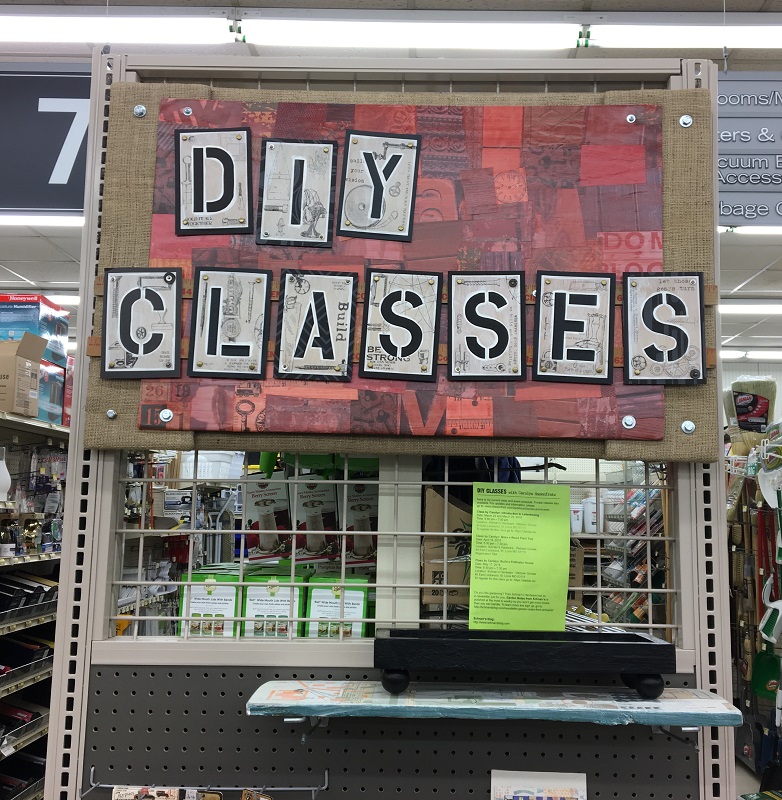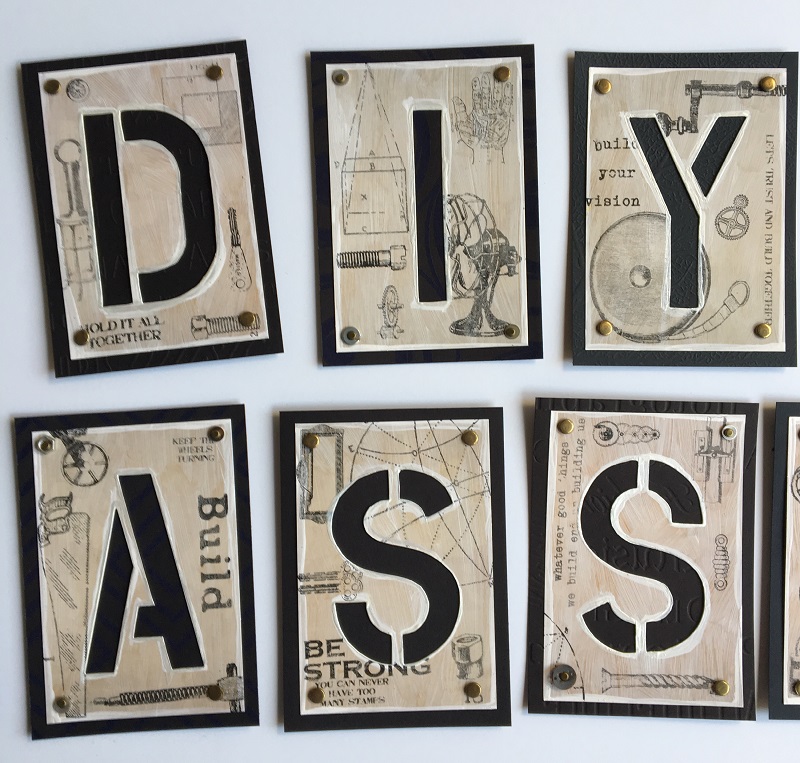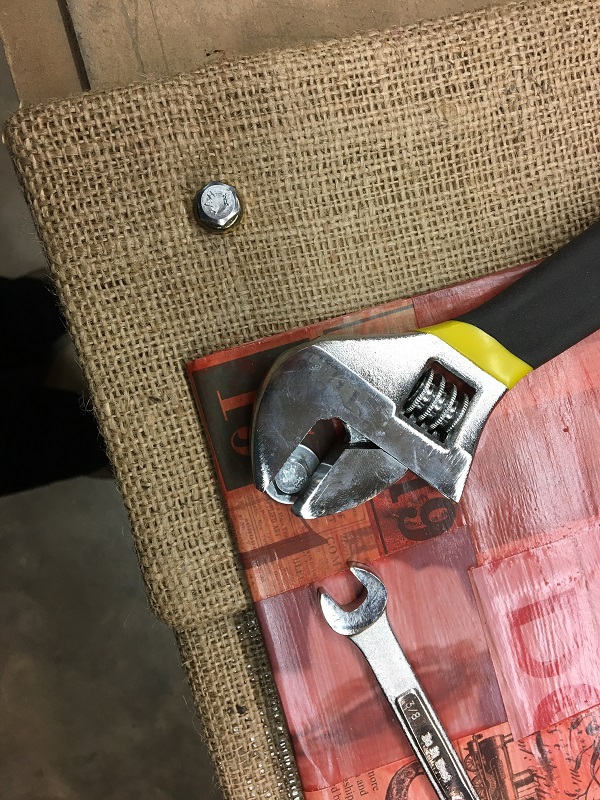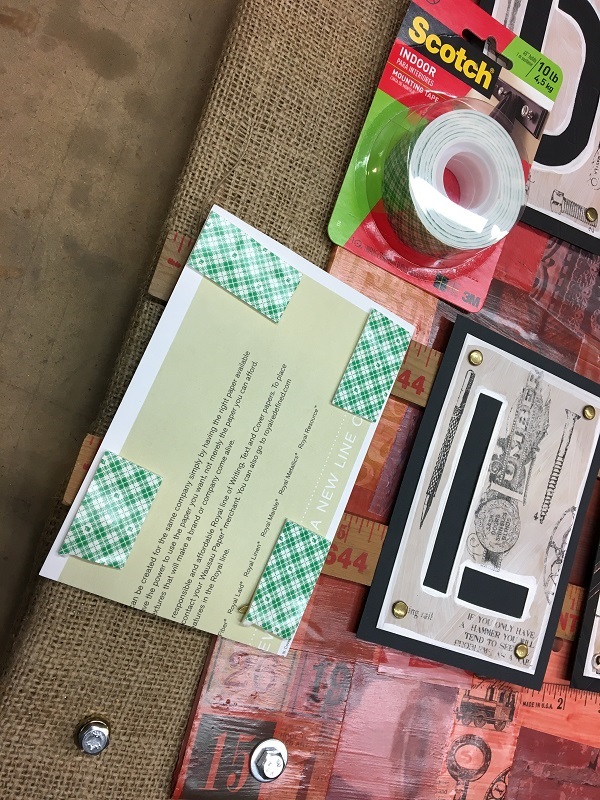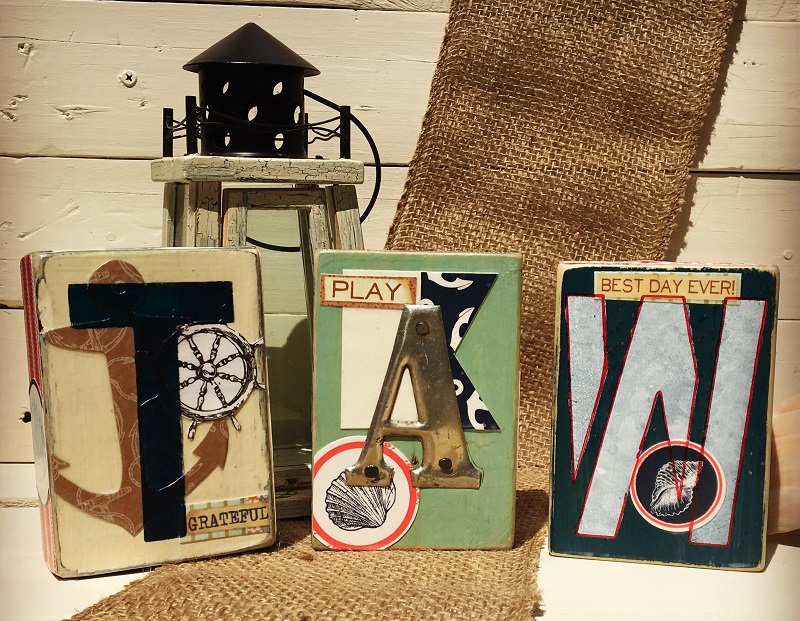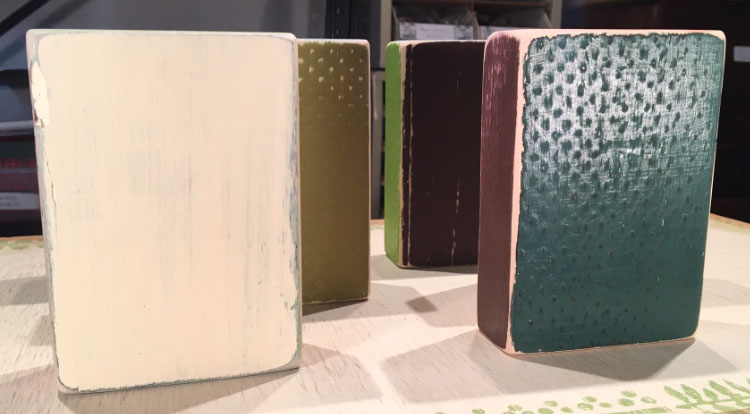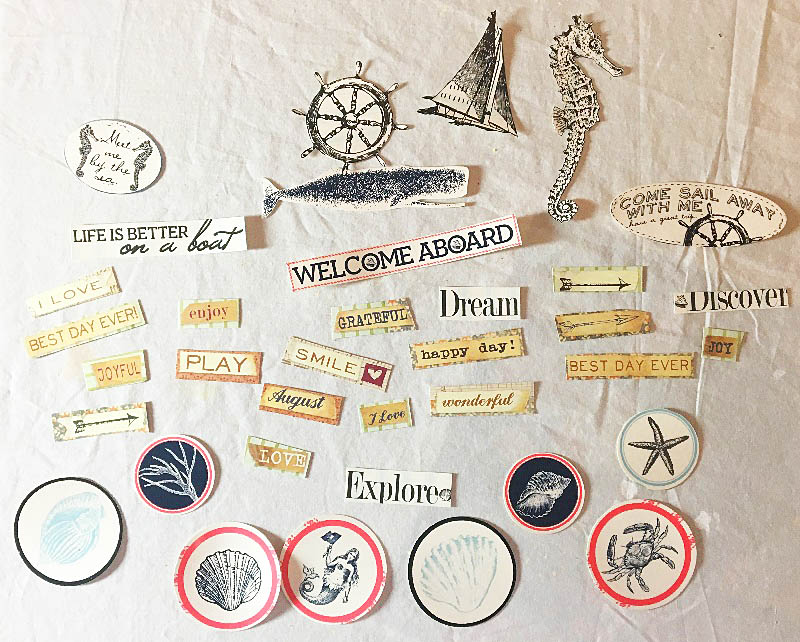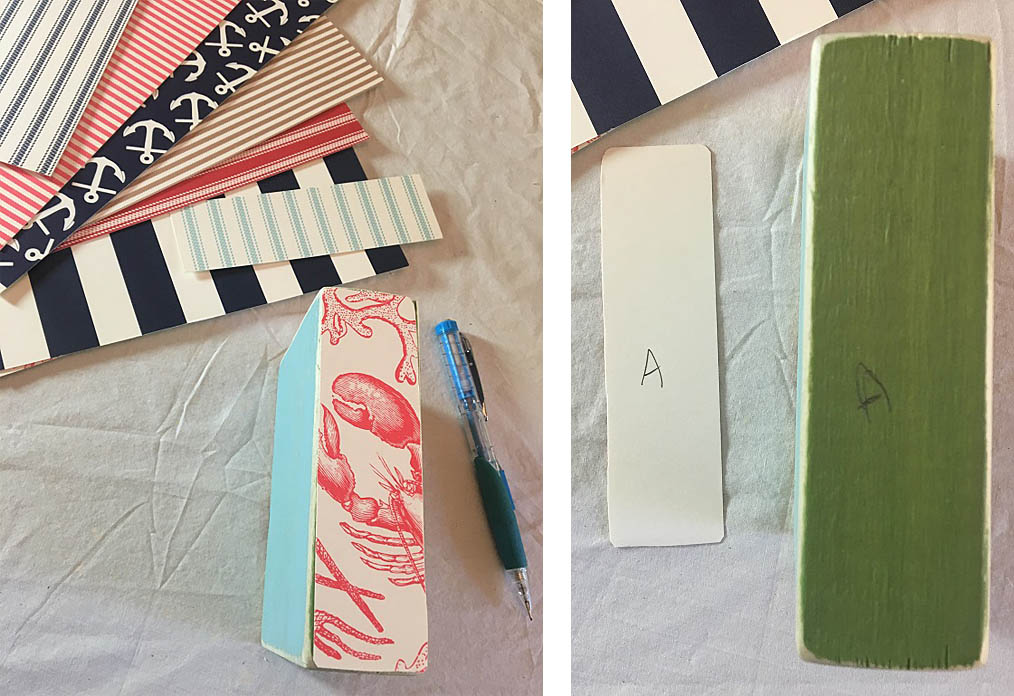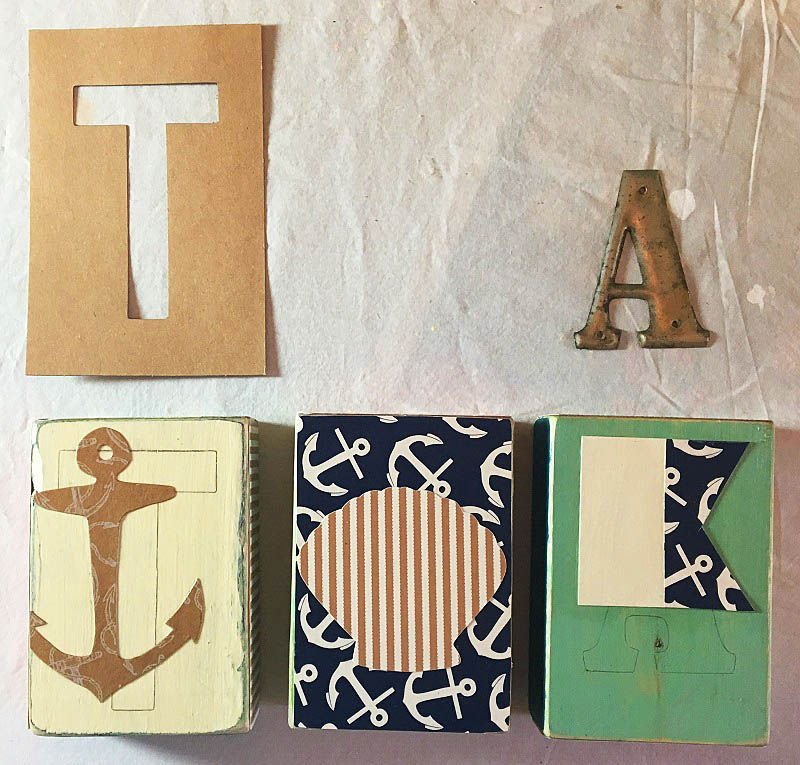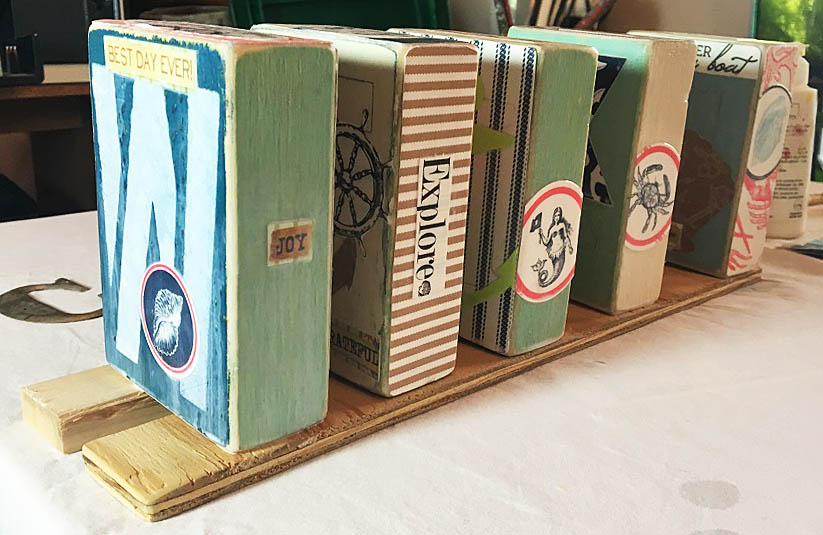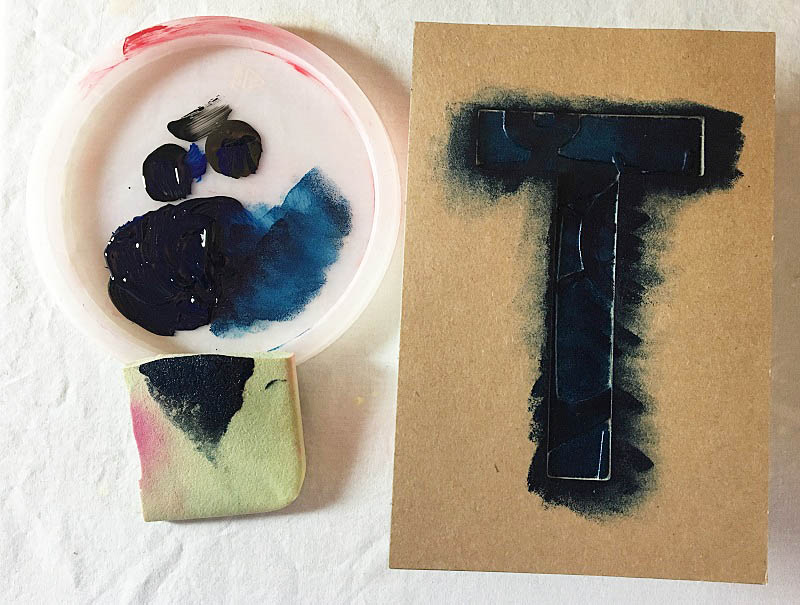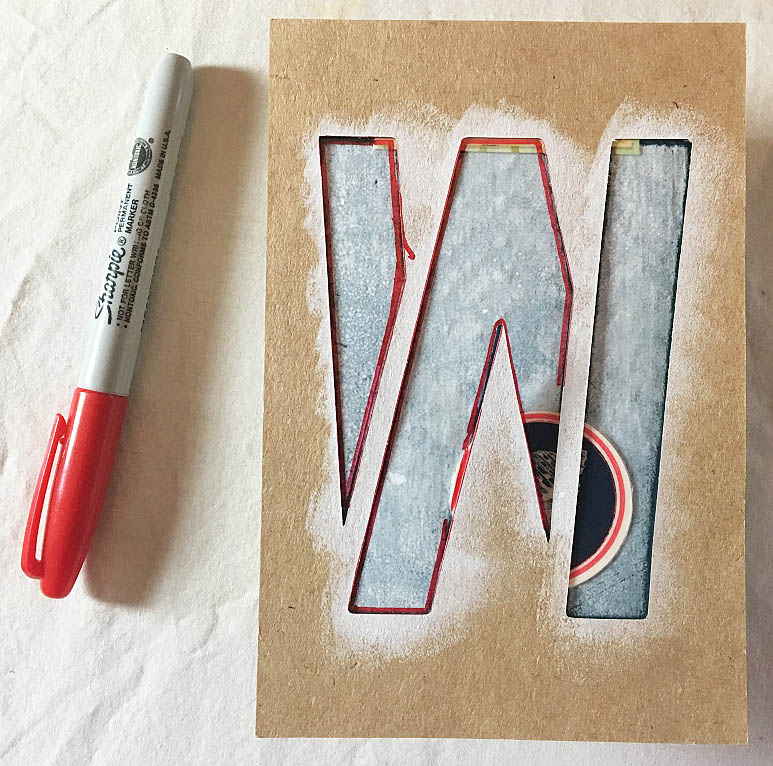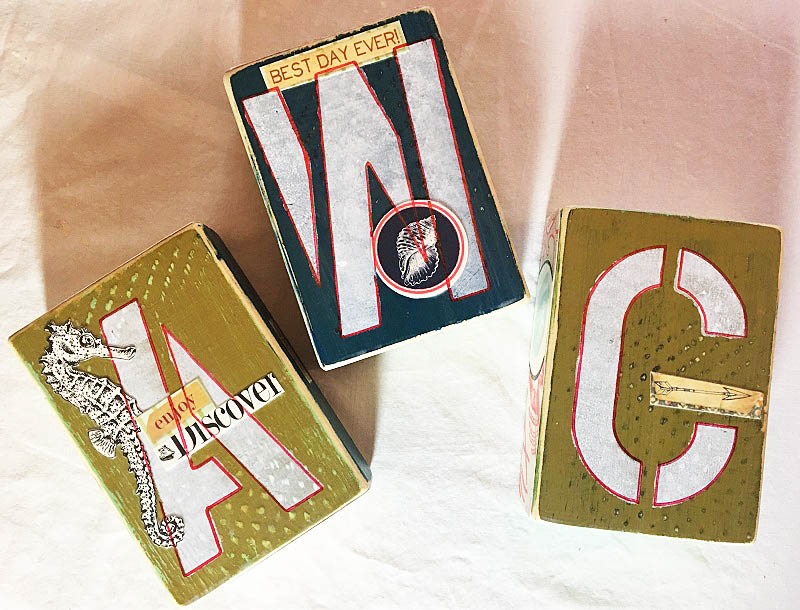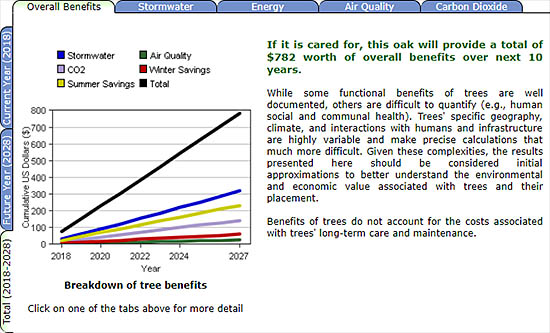How to Diagnose Plant Problems
If something is wrong with your plant, it could be a pest, a disease or something environmental. I sometimes get asked by Schnarr’s customers to help diagnose plant problems in the store so that they can select the right product to treat it. I can often be helpful, especially if the customer has time to allow me to look things up using my favorite online resources. There are way too many possibilities for any human being to remember them all! It’s extra helpful if the customer brings in a sample of the pest or affected plant part.
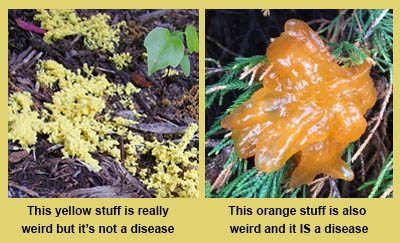
If you want to do a little research before shopping for products, here is my procedure.
1. First I go to images.google.com and do a descriptive search to see if any pictures come up that look like my problem.
Search tips:
The more you can identify the flora and fauna in your garden the more precise your initial searches will be. I’ve gotten a lot of joy during my whole life from the hobby of nature study and although I still have massive amounts to learn, being able to identify some common plants and animals in the area makes it easier to get started.
There are ways to identify plants and invertebrates that involve knowing the scientific terms for body parts or plant parts, but if you don’t want to get that detailed just describe what the specimen looks like and see what the image search reveals. Once when trying to identify a bug to find out whether it was beneficial or a pest, I did a search on the phrase “true bug wide lower legs” and I was presented with pictures of Leaf Footed bugs. That was my bug all right, and a pest. I learned what a Prometheus Moth that I saw on my deck was by searching for “huge brown moth Missouri” and comparing the pictures. Sometimes you have to add more detail. My first encounter with a Catalpa Worm in a state park was memorable because they are huge and beautiful. A search for “huge larva black and yellow Missouri” was too vague for a quick ID but a search for “huge larva black and yellow Missouri Catalpa” gives instantly good results. It helped that the Catalpa is a distinctive looking tree and I remembered what the larva was feeding on.
The cultivar of the plant is very helpful to know, if applicable. Some cultivars are either more resistant or more susceptible to certain plant maladies.
If you can identify the plant but not the pest or disease, try a search for “——- pest on Name of Plant” or “——- blight on Name of Plant” or “Symptom on Name of Plant.” For example recently I looked up “webs on burning bush” for a customer and narrowed it down to two possibilities. I found one product in the store that would treat both. Depending on the symptoms other common search terms you might try are things like “fungus”, “mildew” “rot”, “rust”, “disease” or “wilt”.
If you don’t know the plant name, describing the plant might help, for example “chew holes in vine” or “yellow spots on leaves small tree”.
2. Consult reference materials.
With a name of a plant or pest or disease in hand, I start to go to my favorite online horticultural resources to refine the identification as much as possible and look for causes and treatments.
Missouri Botanical Garden
http://www.mobot.org
University of Missouri Extension
Horticulture-and-gardening
Missouri Department of Conservation
https://mdc.mo.gov/trees-plants
Missouri Wildflower Guide
http://missouriwildflowerguide.com/
A Systematic Approach to Diagnosing Plant Damage
http://horticulture.oregonstate.edu/system/files/onn130601.pdf
TurfFiles – help with identifying and diagnosing turf grasses
https://www.turffiles.ncsu.edu/
Dave’s Garden
https://davesgarden.com/
Mother Earth News
https://www.motherearthnews.com/
What’s That Bug
https://www.whatsthatbug.com/
Tom Volk’s Fungi
http://botit.botany.wisc.edu/toms_fungi/
Do It Best Articles, Buying Guides, and DIY How-tos
https://www.doitbest.com/pages/page-index
If I’m at home, my library of gardening books is helpful. Missouri Botanical Garden has a nice library that you can consult in the Kemper Center, along with computers for guest use. This reference area is quiet with soothing fountain sounds in the background and I like to sit there with my laptop and write sometimes.
3. Use as many relevant factors as you can to narrow down a diagnosis. For example, in the “webs on burning bush” search results, there were initially more than two possibilities, but two of the possibilities were listed as being common in hot dry weather. Since that happened to be our conditions at the time I went with those two possibilities over the others. In other words, different growing conditions, seasons or other factors may make one disease or another more likely.
4. Put a piece of white paper underneath the affected area and shake the plant. The white paper makes tiny pests or debris easier to see.
5. Many but not all plant diseases are host specific. If multiple plants of the same species are affected by the same problem but it does not affect other species, that’s a strong indicator to look for a pest or disease. If a problem affects more than one species or only a subset of the plants of one species in the area, look at issues other than pests or diseases first. Don’t forget to investigate cultural or environmental factors such as:
- Too much or too little water
- Soil compaction
- Soil ph or fertility
- Chemical “burns” from too much fertilizer or contamination from de-icing chemicals
- Poor drainage
- Root or bark damage
- Accidental herbicide application
- Amount of light getting to the plant
- Sun scald
- Improper planting depth
- Root girdling
- Exposure to extreme temperatures
- If you are looking at turf, is the damage regular or irregular in appearance? Rigidly regular marks may indicate damage of human origin.
6. Sometimes you need to consult a specialist. The identification of “shield bug dung beetle gold and brown spots Ozarks Missouri feeds on dung” still eludes me. I should have taken a photo, then I could send it to the What’s That Bug web site or show a ranger the next time I go to a state park. If you can, take a photo or bring in a specimen to the expert you are consulting. Here is a link to the Missouri Botanical Garden Gardening Help options.
When you consult professionals for help, you may get recommendations for products that are not marketed to the home gardener. If you don’t see what you are looking for in our store, please ask us for help because there are many things we can order from the warehouse in addition to what is on the store shelves every day.
